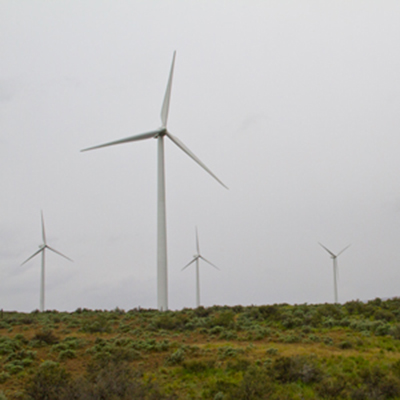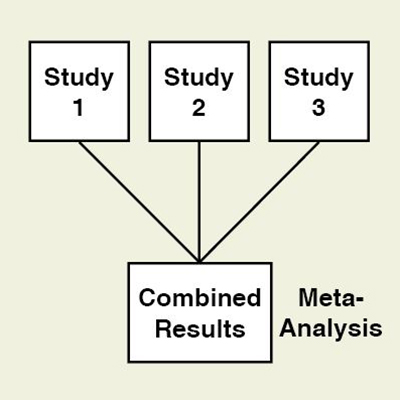Reducing Bat Mortality at Terrestrial Wind Farms
Bats tend to be killed at wind turbines during times with less wind. Increasing the “cut-in” wind speed at which turbines generate electricity can reduce bat mortality. BRI biologists are conducting a meta-analysis to compare the effectiveness of different curtailment regimes for terrestrial wind turbines. The analysis will examine the degree to which variations in turbine cut-in speed affect mortality rates for Myotis and other bat taxa.
BRI Lead Investigators: Kate Williams, Evan Adams
Contributing BRI Staff: Julia Gulka
Project Background

Bats, particularly migratory tree bats, are killed by collisions with wind turbines. Most mortality occurs during times with lower wind speeds, when bats are more likely to fly and forage for insects. To reduce bat mortality at terrestrial wind farms, many turbines are now managed so that they “cut in” (e.g., start spinning to generate electricity) at higher wind speeds.
There is good evidence that increasing turbine cut-in speeds can reduce bat mortality in many locations (Baerwald et al. 2009, Arnett et al. 2011). However, it is unclear whether this is a linear relationship. What is the optimal cut-in speed at which wind energy operators can protect bats while also maximizing energy generation potential? BRI is working with the American Wind Wildlife Institute to try to answer this question. This is one of the first projects funded through the Wind Wildlife Research Fund.
Project Components

BRI is using data from post-construction monitoring studies contributed to the American Wind Wildlife Information Center (AWWIC) to evaluate variation in bat fatalities at different cut-in speeds, and identify data gaps that limit robust conclusions.This study includes:
- An assessment of publicly available curtailment studies in the AWWIC database,
- A call for wind developers to contribute data from additional curtailment studies (this data call is being conducted through the American Wind Wildlife Institute),
- Power analysis to determine the probability of detecting ecologically significant differences in efficacy between curtailment regimes,
- Meta-analysis to compare relative change in mortality rate due to curtailment treatment, and
- Identification of additional data or studies needed to answer key questions.
Project Goals 2019

Meta-analysis is a statistical procedure for combining data from multiple studies to detect an effect. While individual studies may not have the statistical power to detect differences between curtailment treatments, the hope is that by combining data on effect size across studies, we can identify the strength of this pattern and determine the factors influencing curtailment efficacy.
Curtailment is still a relatively new approach to minimizing bat mortality. If there have not yet been enough curtailment studies conducted to conduct a reliable meta-analysis, we will identify the additional studies needed to assess the relative effectiveness of different cut-in speeds for reducing bat mortality at wind farms.


